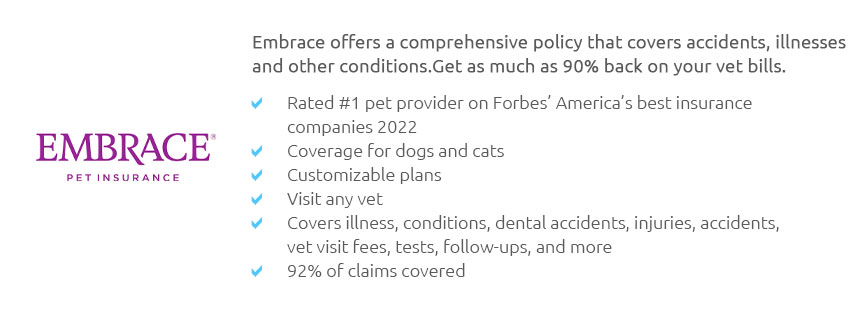 |
 |
 |
 |
 |
 |
|
 |
|
 |
|
 |
|
 |
|
 |
 |
 |
 |
 |
 |
 |
 |
pet insurance for pre existing conditions dogs: what matters before you buyHow insurers define pre-existingMost providers label any sign, symptom, or diagnosis that appeared before enrollment or during the waiting period as a pre-existing condition. That can include chronic issues like allergies, cruciate injuries, or diabetes, even if your dog seemed fine later. Coverage possibilitiesSome plans exclude these issues forever, but others consider them if the condition is curable and symptom-free for a specified window. A few offer accident-only policies, orthopedic riders, or higher deductibles that make partial protection affordable. What to check
To stretch value, pair insurance with a wellness add-on or set a separate emergency fund. Transparent terms, realistic premiums, and a vet who documents resolution clearly can make coverage for a dog with history feel worth it. https://www.petplan.co.uk/pet-insurance/insurance-advice/pre-existing-conditions/
Pet insurance is designed to cover unforeseen incidents so if your pet has already suffered an illness or injury before you insure them it's important to ... https://www.petsure.com/pre-existing-conditions-pet-insurance
Petsure is one of only a few insurers that can offer pre-existing conditions cover for pets. Cover for pre-existing medical conditions is subject to acceptance. https://www.gocompare.com/pet-insurance/pre-existing-medical-conditions/
You must not lie or deliberately mislead providers when applying for pet insurance for pre-existing conditions. Otherwise, there will be ...
|